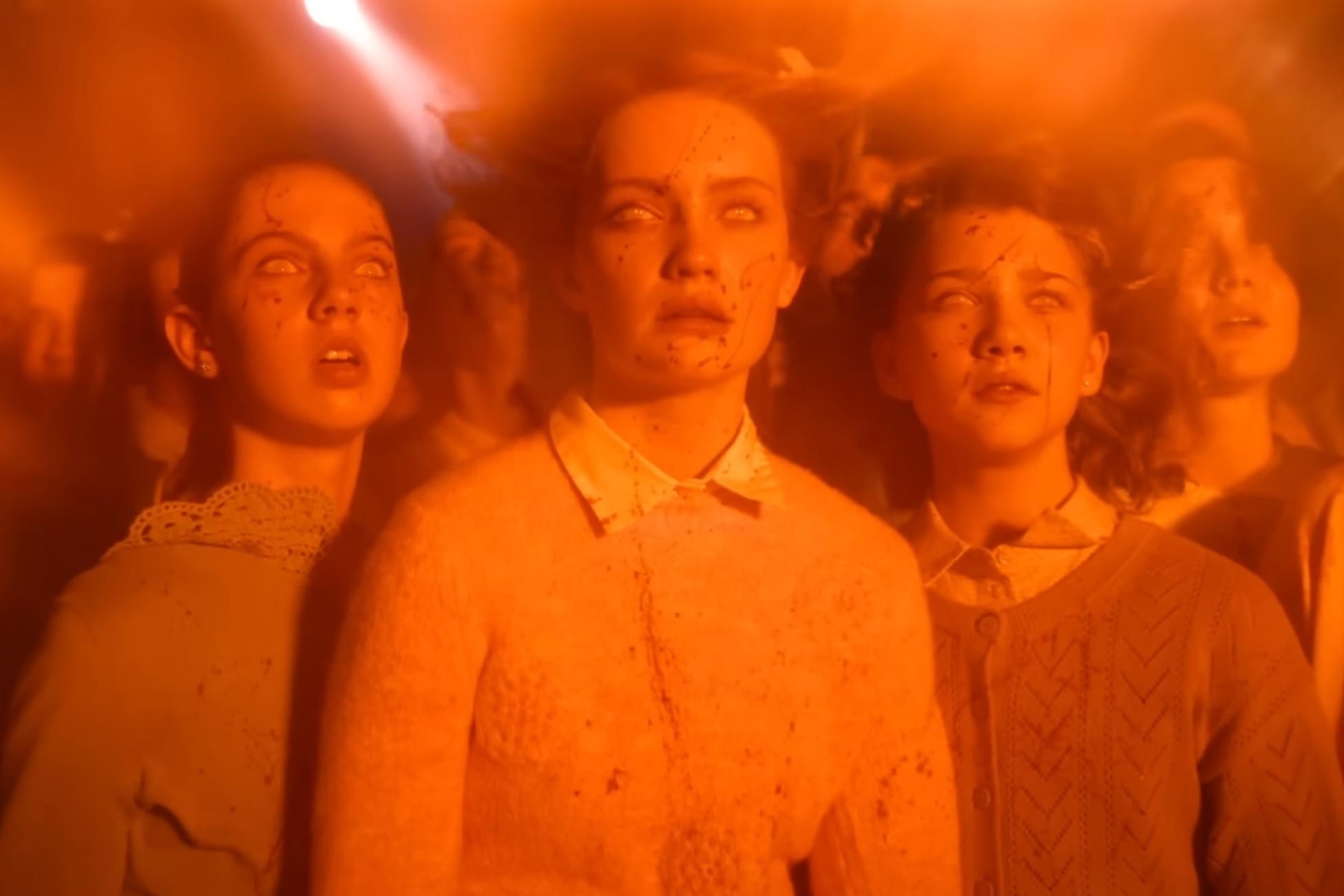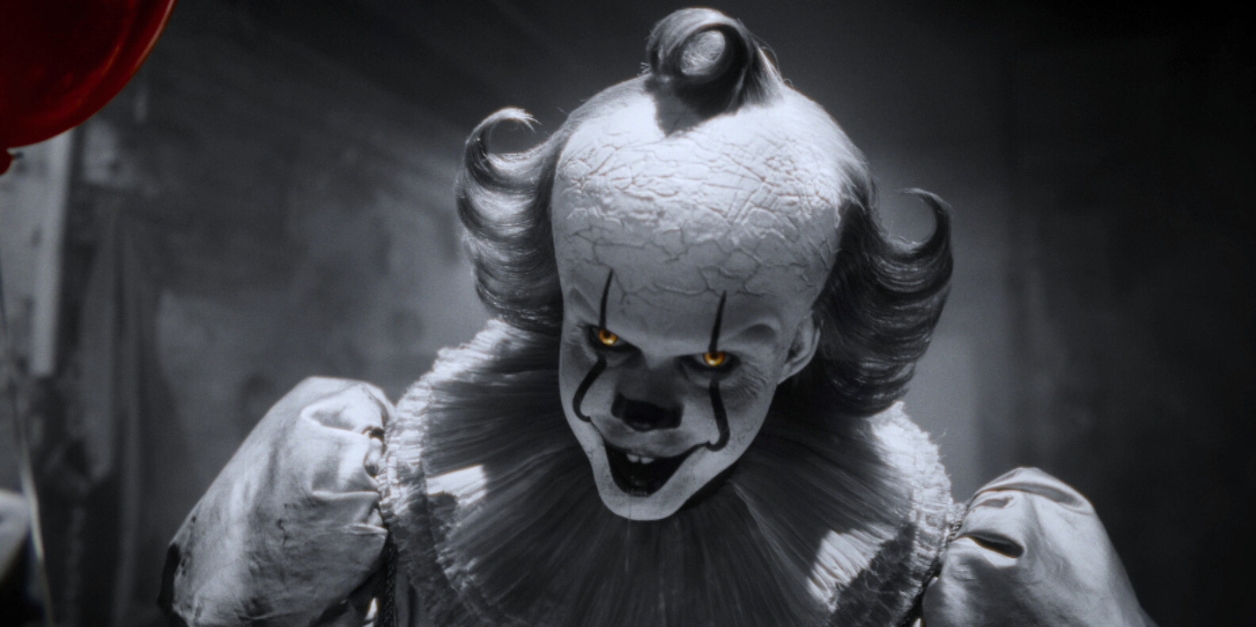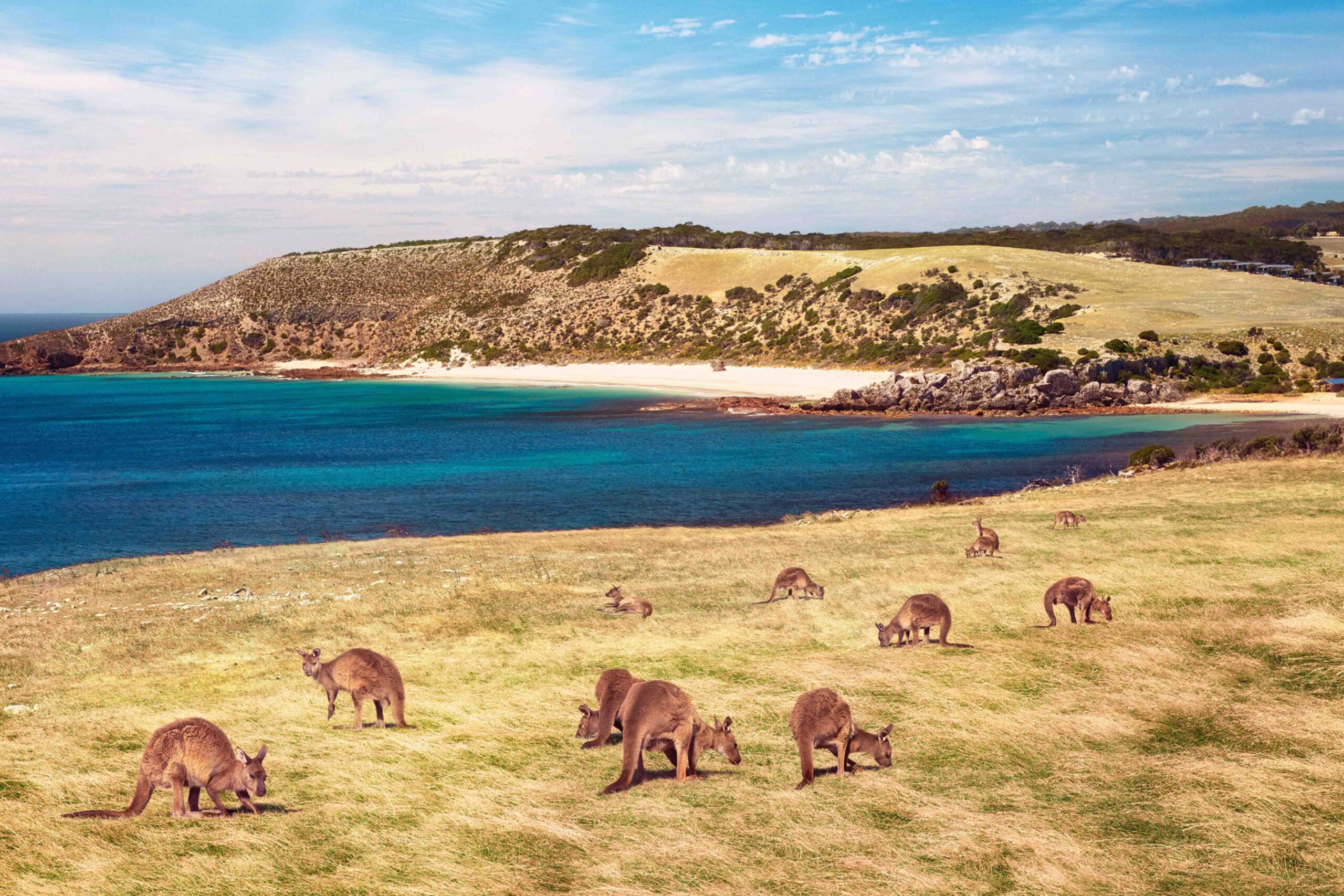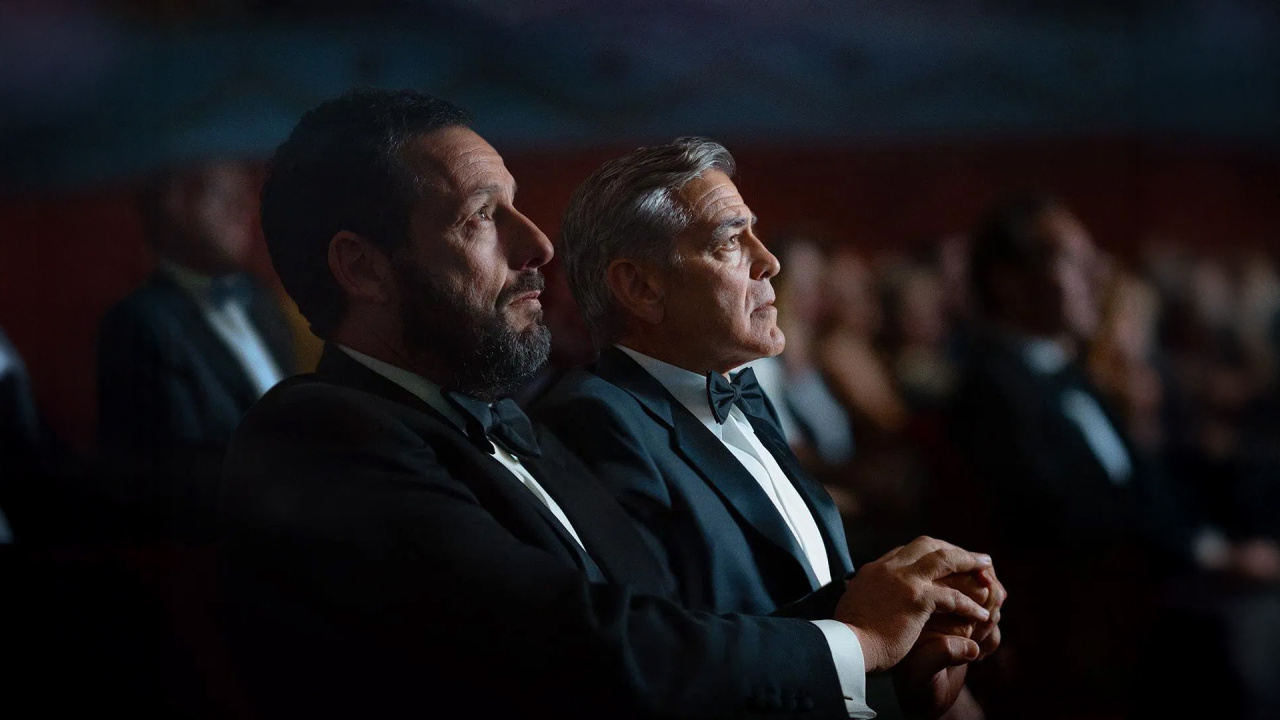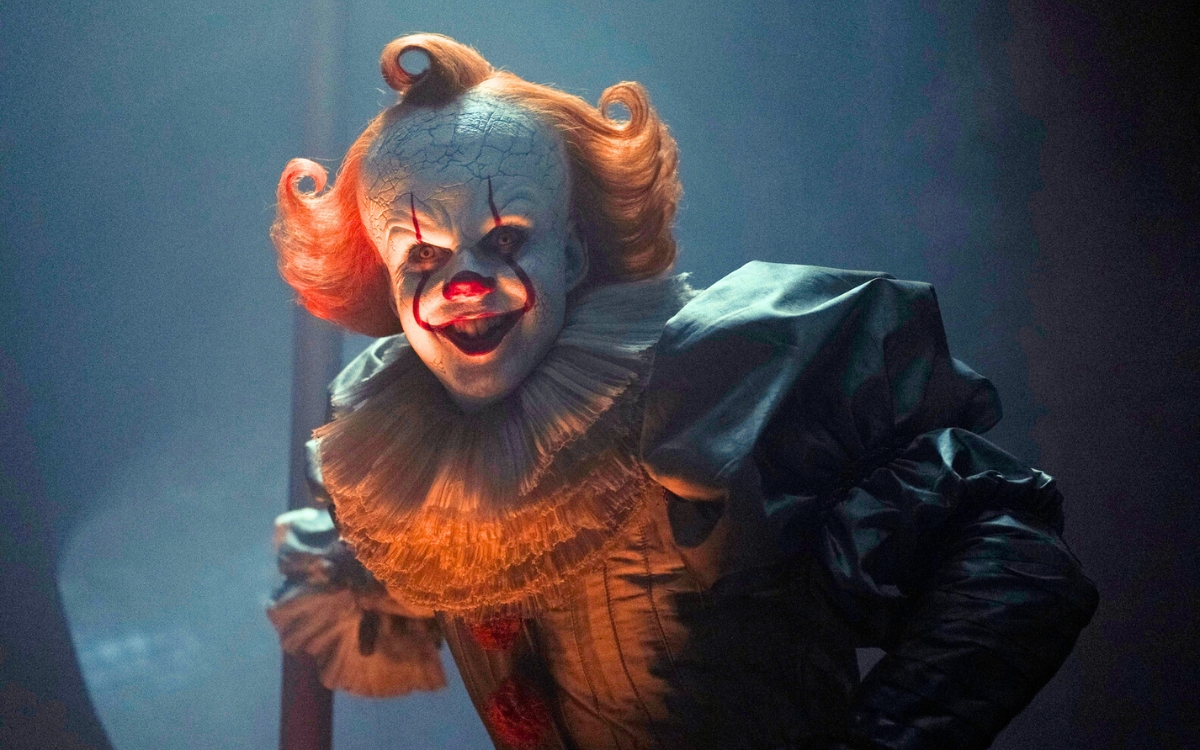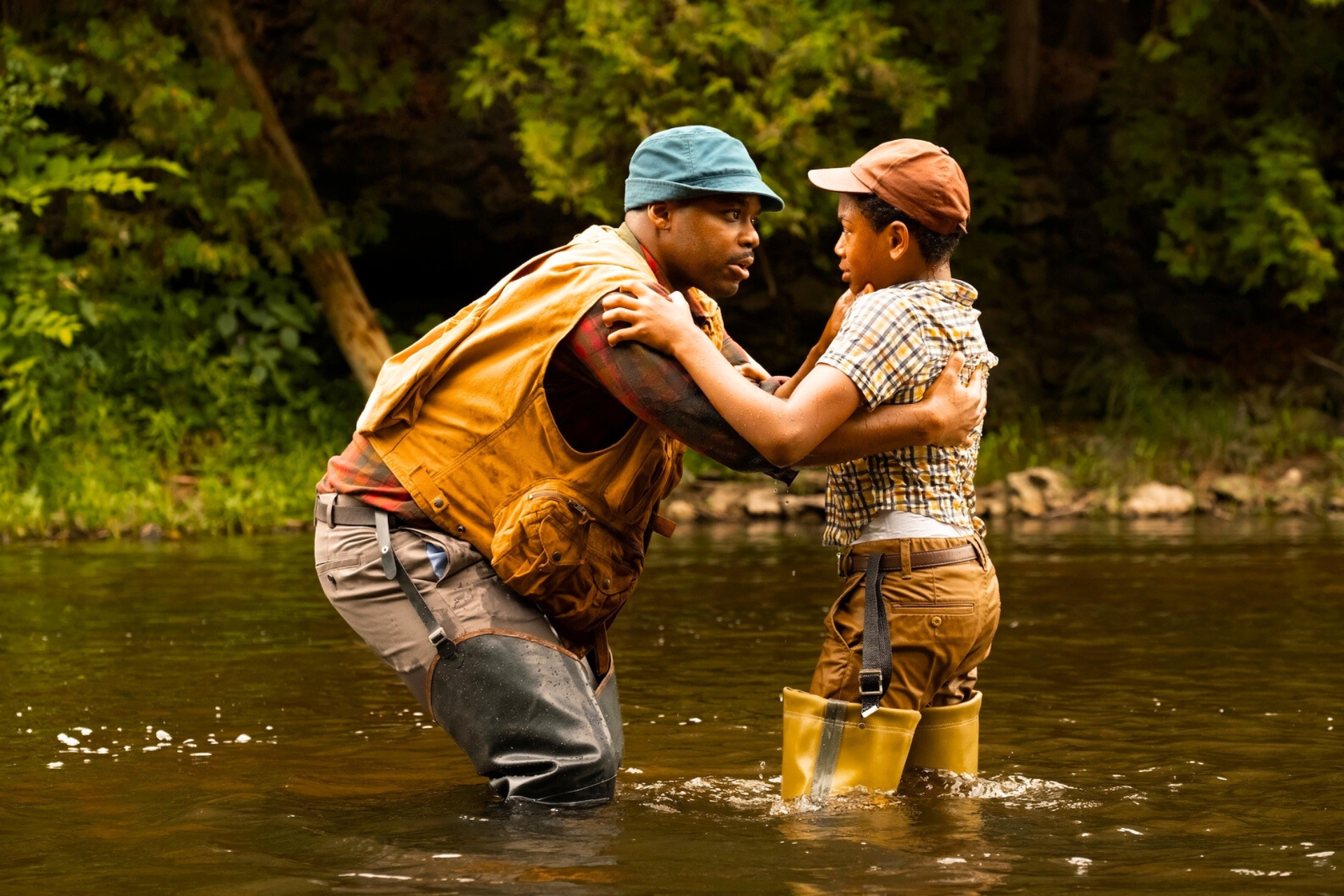From dire wolves to Down Under: de-extinction pioneer fuels hope in Australia
How cutting-edge science is bringing extinct species back to life – and why Australia is at the centre of the revival
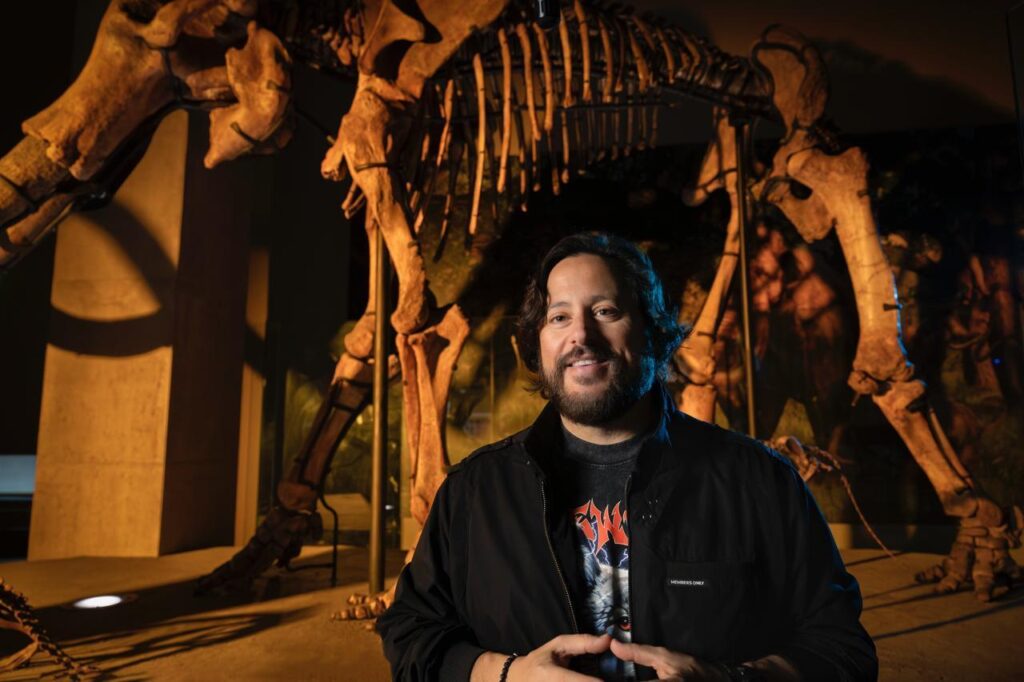
BEN LAMM is not your typical serial entrepreneur. He has a track record of launching innovative tech companies, but Lamm has been laser-focused on one of humanity’s newest scientific endeavors that sounds straight out of a science fiction movie: de-extinction. As the co-founder and CEO of Colossal Biosciences, he’s spearheading efforts to bring back incredible creatures from the pages of history and thrilling the world with viral announcements while he does it. He is positioning Colossal at the cutting edge of a new era in biotechnology, not for entertainment but for conservation.
One of Colossal’s most recent headline-grabbing achievements under Lamm’s leadership is the successful de-extinction of the dire wolf. These formidable predators, icons of the Ice Age, last roamed the Americas over 10,000 years ago. Last month, Colossal announced the birth of dire wolf puppies – Romulus, Remus, and Khaleesi. This milestone achievement was done by sequencing ancient dire wolf DNA and using cutting-edge gene-editing techniques on the genome of their closest living relatives, the gray wolf. Lamm has described this as a “massive milestone,” demonstrating the viability of Colossal’s end-to-end de-extinction technology stack and paving the way for even more ambitious projects. For Lamm, it’s not just about the science; it’s about leveraging technology to address complex challenges, including biodiversity loss, while inspiring the next generation.
Beyond the dire wolf, Lamm and Colossal are famously working to resurrect the woolly mammoth and, with significant star power, the thylacine, also known as the Tasmanian tiger. Due to human actions, the thylacine, a unique carnivorous marsupial, was driven to extinction in 1936. Fuelling the thylacine project is a passionate collaboration with Australia’s actors, Chris, Luke, and Liam Hemsworth. The Hemsworth brothers are not just passionate about the project; they are also investors in Colossal. Their involvement is bringing attention to a cause that is driven by a dedication to conservation and the potential to restore Australia’s lost biodiversity.
Lamm speaks about the Thylacine with conviction, “The thylacine was not only an apex predator, it was iconic to Australia and Tasmania. As one of our flagship species, Colossal is dedicated to its return to this world and its ancestral home. We are also going to develop countless technologies on that path that will help save more marsupials.”
Ben Lamm’s adventure with Colossal Biosciences speaks volumes about the entrepreneur in him – one who is ready to take on big (or mammoth) ideas that sit at the confluence of science and dreams for another future. With his sights set on these projects, like the dire wolf and the thylacine, Lamm is not just rewriting the currently accepted script of natty history-lost tales but also opening the door to a completely different perspective on humanity’s role modelling for the future of the earth.
Related:
Where to stay, eat, drink, and play in Hobart: the Esquire guide












